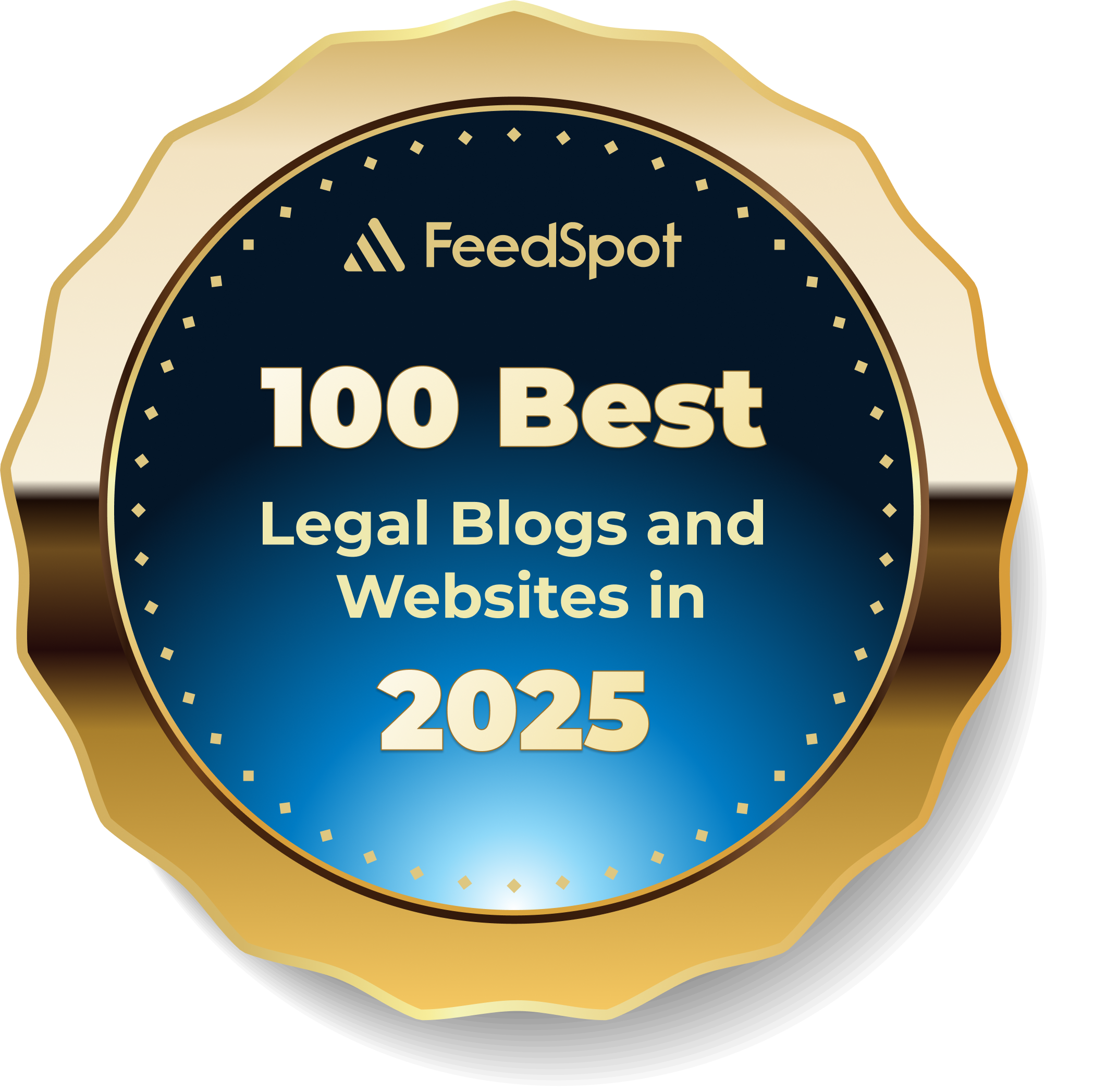
David Souter served as an Associate Justice of the Supreme Court from 1990 until 2009. During his time on the Court, Souter sat on both the Rehnquist and Roberts courts and aligned himself with both conservative and liberal justices on varying issues.
Early Years
Souter was born on September 17, 1939 in Melrose, Massachusetts, but spent most of his childhood in New Hampshire. Souter attended Harvard College where he studied philosophy, writing his senior thesis on the legal positivism of Supreme Court Justice Oliver Wendell Holmes, Jr. He graduated from Harvard magna cum laude in 1961. Souter was subsequently selected as a Rhodes Scholar and received a Bachelor of Arts in 1963 from Magdalen College in Oxford. He then went on to study at Harvard Law School, graduating in 1966.
Legal Career
Souter worked for two years for a private law firm in Concord, New Hampshire but quickly realized that he disliked private practice. He then decided to pursue a career in public service, serving as an Assistant Attorney General of New Hampshire. In 1971, Souter was selected by then Attorney General of New Hampshire, Warren Rudman, to be his Deputy Attorney General. In 1976, he succeeded Rudman as New Hampshire Attorney General. Two years later, Souter was named an Associate Justice of the Superior Court of New Hampshire. By 1983, he was named to the New Hampshire Supreme Court as an Associate Justice. Soon after George H.W. Bush was sworn in as President, he nominated Souter to the United States Court of Appeals for the First Circuit.
Supreme Court Justice
After being nominated to the U.S. Supreme Court by President George H.W. Bush, Souter took his seat on the bench on October 9, 1990. Identifying as a Republican, Souter was expected to side with other conservative justices, and did so during his early years on the Court. In 1992, however, Souter co-authored the Court’s opinion in Planned Parenthood v. Casey, affirming Roe v. Wade’s decision that a right to an abortion is protected by the Constitution. By the late 1990’s, Souter had begun to align himself more consistently with the liberal Justices. In 2000, Souter dissented in Bush v. Gore, arguing for the recount to continue, while the majority voted to end the recount and declared George W. Bush President.
Retirement and Legacy
Although he had been considering retirement for several years, the election of democratic President Barack Obama in 2008 made Souter more inclined retire. In 2009, he sent his retirement letter to President Obama, and was succeeded by Supreme Court Justice Sonia Sotomayor. Since his retirement, Souter occasionally sits by designation on panels of the First Circuit Court of Appeals.








